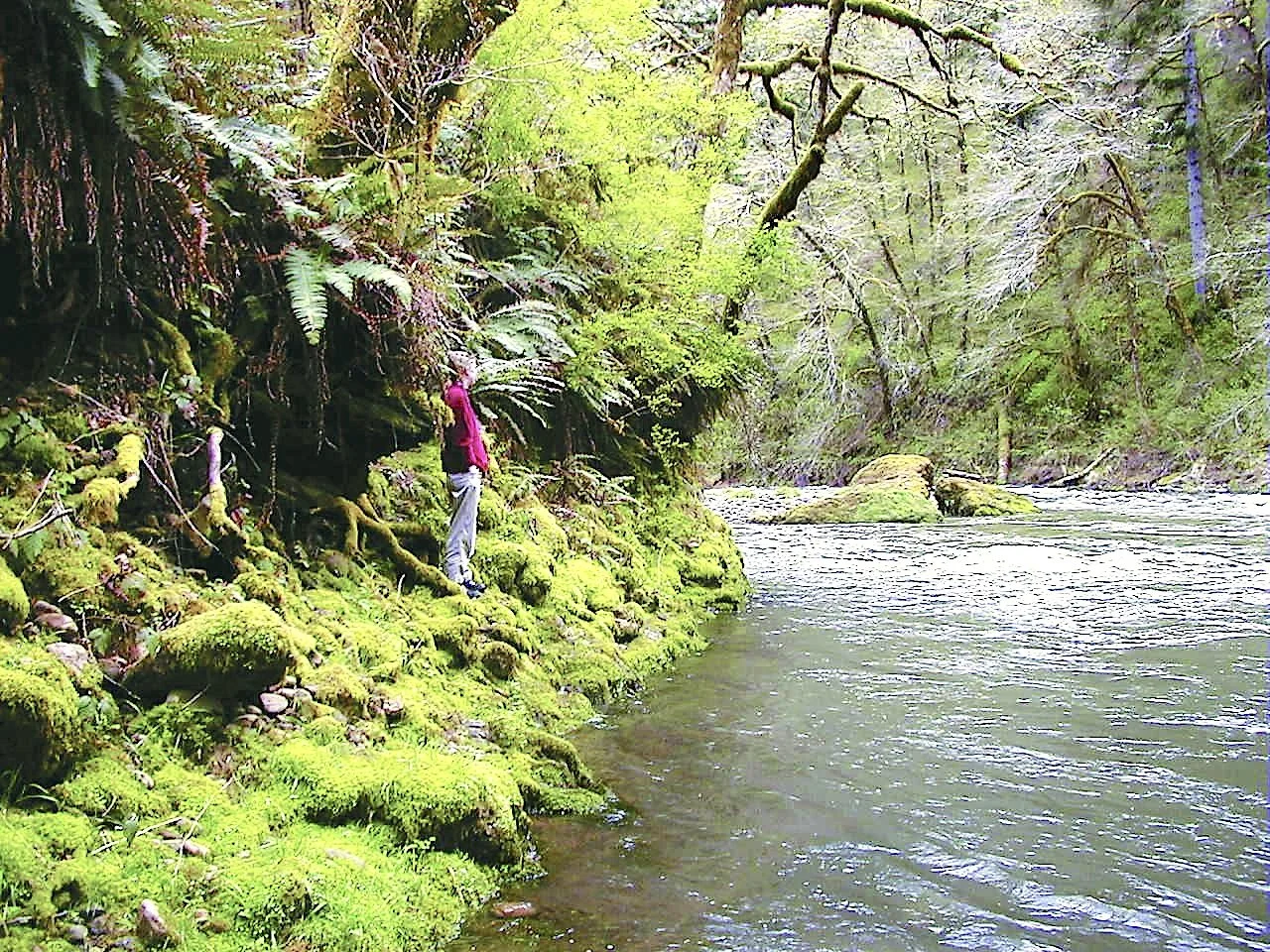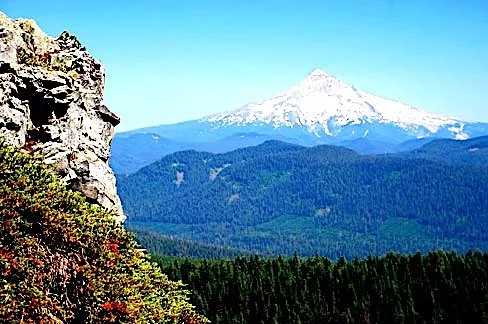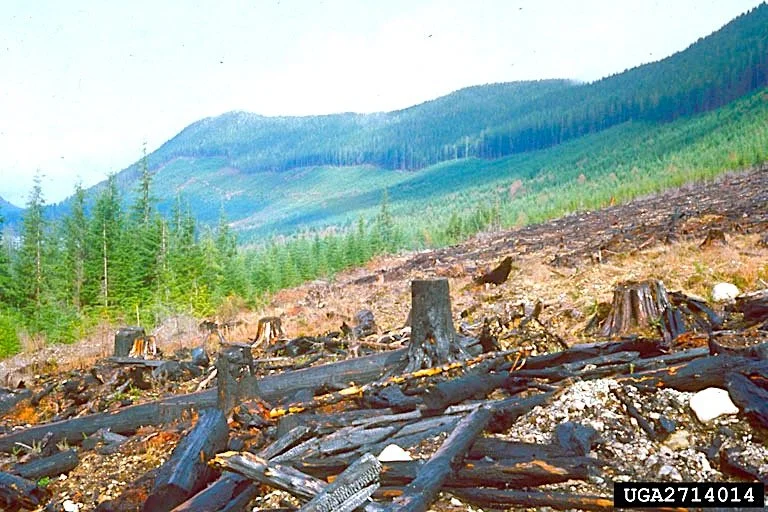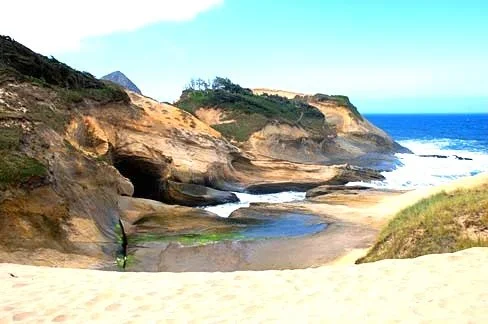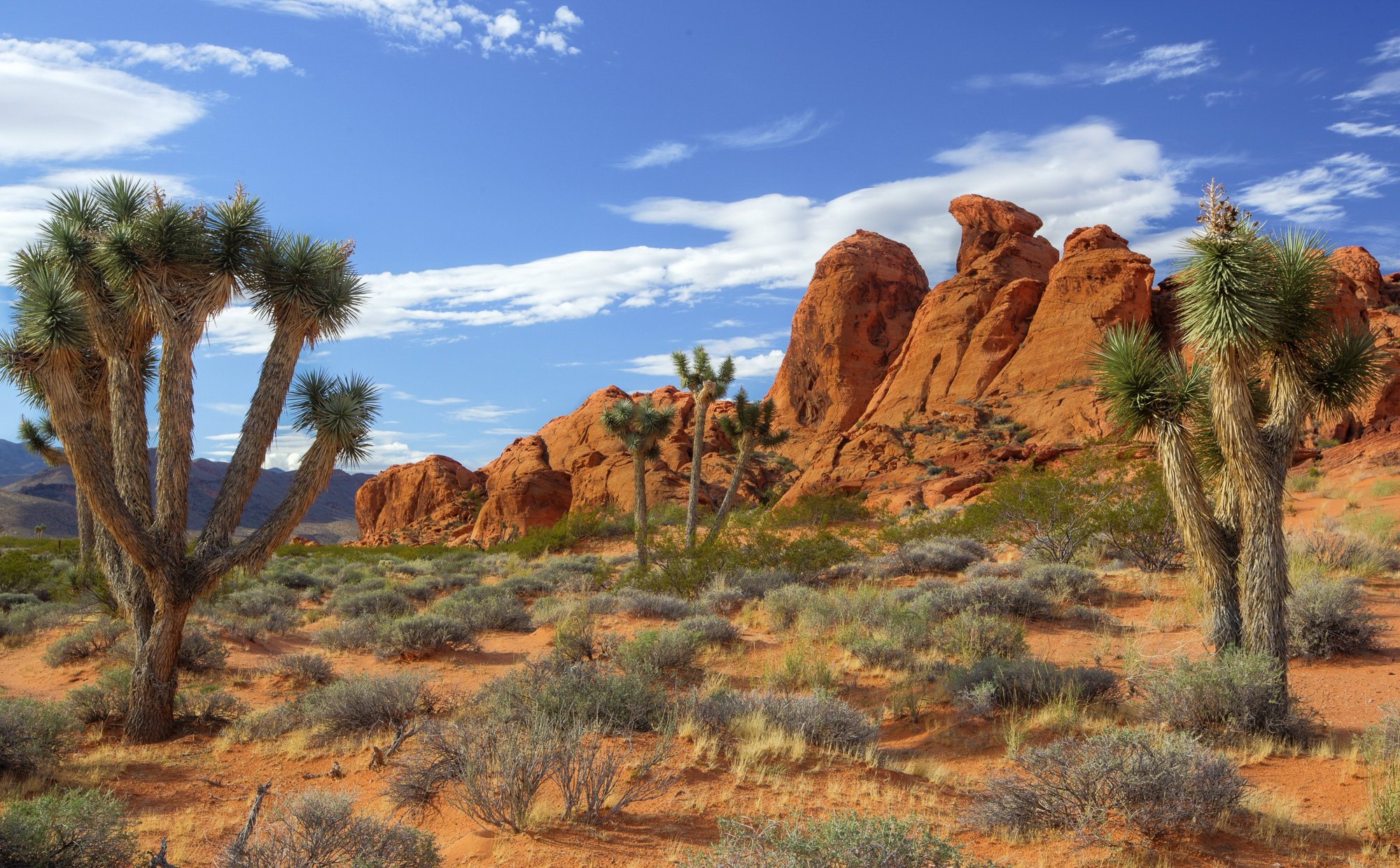Sort By Category
- 30x30
- Administration
- Antiquities Act
- Book Reviews
- Bureau of Land Management
- Climate Change
- Climate change
- Coasts
- Congress
- Counties & Federal Lands
- Courts
- Courts & Litigation
- Department of Agriculture
- Department of Interior
- Deserts
- Ecological Reserves
- Ecosystems
- Elections
- Endangered Species
- Energy
- Estuaries
- Federal Lands
- Fish
- Fish and Wildlife Service
- Forest Fires
- Forest Service
- Forestry
- Forests
- Grasslands
- Land & Water Cons. Fund
- Land & Water Conservation Fund
- Legislation
- Litigation
- Livestock Grazing
- Marine Protected Areas
- Marine Sanctuaries
- Mature & Old-Growth Forests
- Mining
- Nat'l Conservation Lands
- National Forest System
- National Marine Sanctuaries
- National Monuments
- National Monuments Act
- National Park Service
- National Park System
- National Parks
- National Recreation Area
- National Scenic Area
- National Trails System
- National Wildlife Refuges
Sort By Tag
- 1002 area
- 30x30
- 5th Amendment
- ANWR
- Acadia National Park
- Adam Smith
- Administrative Procedure Act
- Advancing Conservation and Education Act
- Alan Bates
- Alan Deboer
- Alaska
- Alaska National Interest Lands Act
- Alaska Native Claims Settlement Act
- Aldo Leopold
- American Forest Resource Council
- American Prairie Reserve
- American Tree Farm System
- American beef supply
- American black duck
- American woodcock
- Ammon Bundy
- Ancient Forest National Park
- Anders Eskil Carlson
- Andrea Salinas
- Andy Kerr
- Animal unit month
- Ansel Adams
- Antiquities Act
- Applegate Primitive Backcountry Area
- Aqua Fria National Monument
- Aquatic Conservation Strategy
- Aquatic Conservation and Riparian Strategy
- Arches National Monument
- Arches National Park
- Arctic National Wildlife Refuge
- Areas of Critical Environmental Concern
- Army Corps of Engineers
- Association of O&C Counties
- Astoria Canyon
- Astoria Fan
- Atlantic Coast
- Augusta Canal NHA
- Avarna Group
- Avi Kaw Ame
- BLM Conservation Rule
- BLM Zone 3 Lands
- BOEM Oregon Planning Area
- Baboquivari Peak Wilderness
- Baker County
- Bald Mountain Road
Leave It to Beavers: Good for the Climate, Ecosystems, Watersheds, Ratepayers, and Taxpayers (Part 1)
This is the first part of a two-part series. Part 1 examines the ecosystem and watershed benefits of beavers. Part 2 will examine the economics of using beavers to both mitigate and adapt to climate change.
Burning Wood to Make Electricity: Bad for Forests, the Climate, Ratepayers, and Taxpayers
Real standing forests are vital to the conservation and restoration of biological diversity and watershed integrity (not to mention re-creational reconnection to nature). They are also “the only proven system that can remove and store vast amounts of carbon dioxide from the atmosphere at the scale necessary to keep global temperature rise below 1.5 degrees Celsius this century,” says the Dogwood Alliance in their excellent call to arms
The National Wilderness Preservation System, Part 3: The Promise of and a Promise to Wilderness
This is the third installment of a three-part series on the National Wilderness Preservation System. Part 3 demands a rededication to wilderness for the benefit of this and future generations.
The National Wilderness Preservation System, Part 2: Past Progress Stalled
This is the second installment of a three-part series on the National Wilderness Preservation System. Part 2 chronicles past great progress and the current great stagnation.
The National Wilderness Preservation System, Part 1: Birthed by Congress in Language Both Poetical and Practical
This is the first installment of a three-part series on the National Wilderness Preservation System. Part 1 examines the beginnings of the system by enactment into law of the Wilderness Act of 1964. Part 2 will chronicle past great progress and the current great stagnation. Part 3 will demand a rededication to wilderness for the benefit of this and future generations.
Book Review: Moving Forestry from Agronomic Toward Ecological
The authors of Ecological Forest Managementhave thrown down the gauntlet. The battle between traditional production forestry (PF) and ecological forest management (EFM) for the hearts and minds of forestry students everywhere, for the profession of forestry itself, and for the acceptance of the public has been joined.
Humans Have Become an Indoor Species
“The average American spends 95 percent of their life indoors,” says the REI report, with an endnote documenting the source of this sobering fact. I did the math: 8.4 hours outside per week, 1.2 hours outside per day. For kids it’s even less.
Rural Versus Urban Oregon, Part 2: More Urban Every Decade
This is the second part of a two-part examination of what “rural” really means in Oregon and how statistically insignificant (and in all likelihood to become more so) the rural population is today.
Rural Versus Urban Oregon, Part 1: It’s Not Black and White
This is the first part of a two-part examination of what “rural” really means in Oregon and how statistically insignificant (and in all likelihood to become more so) the rural population is today. In Part 1 we examine how much of Oregon is truly rural.
A Sixth Congressional District for Oregon?
No one will know for sure until the completion of the constitutionally mandated decennial census in 2020. Politically, a sixth member of Congress from Oregon could be better for Oregon’s environment. (Actually, the best thing for Oregon’s environment would be losing enough population to lose some congressional seats—but that won’t happen.)
The Public’s Wolves on Public Lands
The government that would become Oregon got its start in 1843 when some early European invaders met in the mid–Willamette Valley to discuss predatory wildlife attacking livestock. A result was the first bounty on wolves.
The United States of America versus the State of California
The founding fathers, in drafting and approving the United States Constitution, recognized the dual sovereignty of the individual states of and the United States of America. The federal constitution granted and reserved certain powers to the federal government and certain powers to state governments, and it prohibited each from having certain powers. Tensions between the powers of the states and the federal government are built-in, and conflicts are often resolved using the courts, in particular the federal courts.
State Wildlife Management Agencies in Crisis
As state fish and wildlife agencies get shorted for funds, the bureaucratic tendency is often to double down on the traditional support base of hunters and anglers. However, for a multitude of cultural, social, economic, demographic, and other reasons, doubling down on a declining user base will not likely be an effective long-term strategy.
Preremembering Norma Paulus, Oregon Conservationist
A nuclear power plant never befouled Cape Kiwanda, and off-road vehicles do not befoul many miles of Oregon beaches today, because of Norma Paulus. In addition, Oregon’s land use planning system, bottle bill, beach protection, billboard limits, bicycle friendliness, and other environmental achievements were mightily helped by Paulus while serving in the Oregon House of Representatives. Oregon’s air and water quality are the better for her work.
The National Estuarine Research Reserve System
It is safe to say that most conservationists, not to mention the rest of Americans, have never heard of the National Estuarine Research Reserve System (NERRS). It is a federal and state partnership that is little known and therefore underappreciated.
The Overcrowding of Public Lands
In response to increasing overpopulation, what came to Muir Woods will eventually be coming to a natural recreation area near and/or dear to you. But actually, reversing overpopulation is not that hard. If all those who wanted children would limit themselves to two, what is now out of control could soon be back in control.
The Public Lands Conservation Movement: Mis-organized for Job #1
Why is it that public lands conservation (and other environmental) issues always poll well, but our movement is regularly getting its ass kicked in Congress (and now by the administration as well)? It’s because we’re not political enough.
Using the Bundys for Good: Finding the Silver Lining for Public Lands
The Bundy band represents both an existential threat and an existential opportunity for America’s public lands. This is the fourth of four Public Lands Blog posts that examine the government mishandling of the Bundys, the Bundys’ legal troubles, the Bundys’ legal troublemaking, and the opportunities for the conservation community to apply political jujitsu on Bundy et al. to advance the conservation of America’s public lands
Abuse of Process by the Bundys: Trying to Make the Law Fit Their Beliefs
The Bundy band represents both an existential threat and an existential opportunity for America’s public lands. This is the third of four Public Lands Blog posts that examine the government mishandling of the Bundys, the Bundys’ legal troubles, the Bundys’ legal troublemaking, and the opportunities for the conservation community to apply political jujitsu on Bundy et al. to advance the conservation of America’s public lands.



